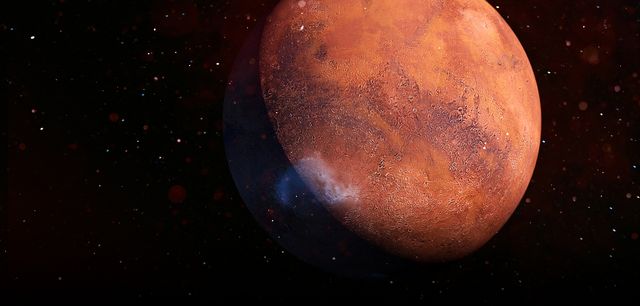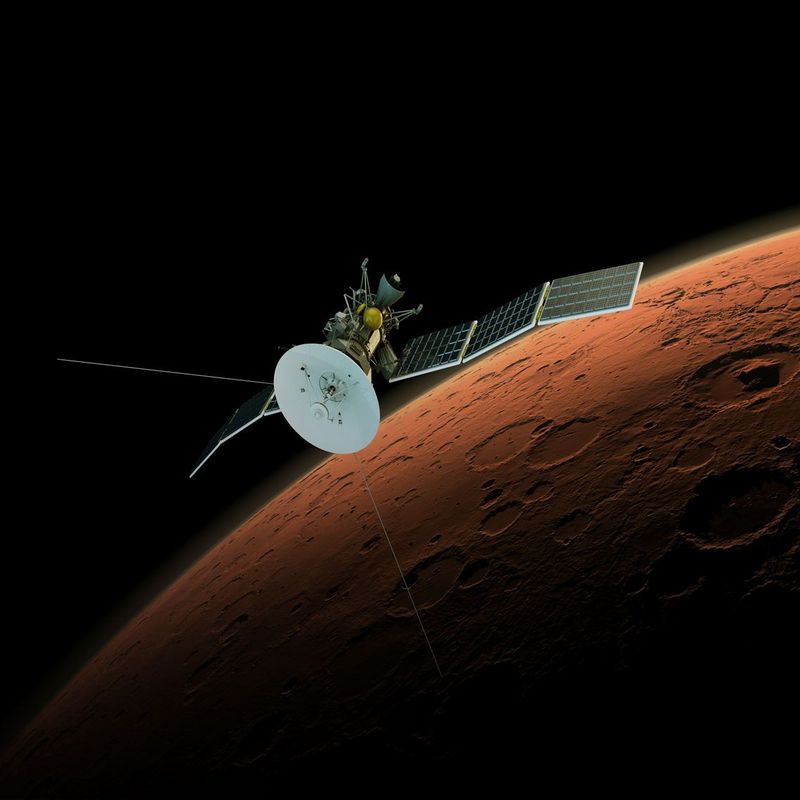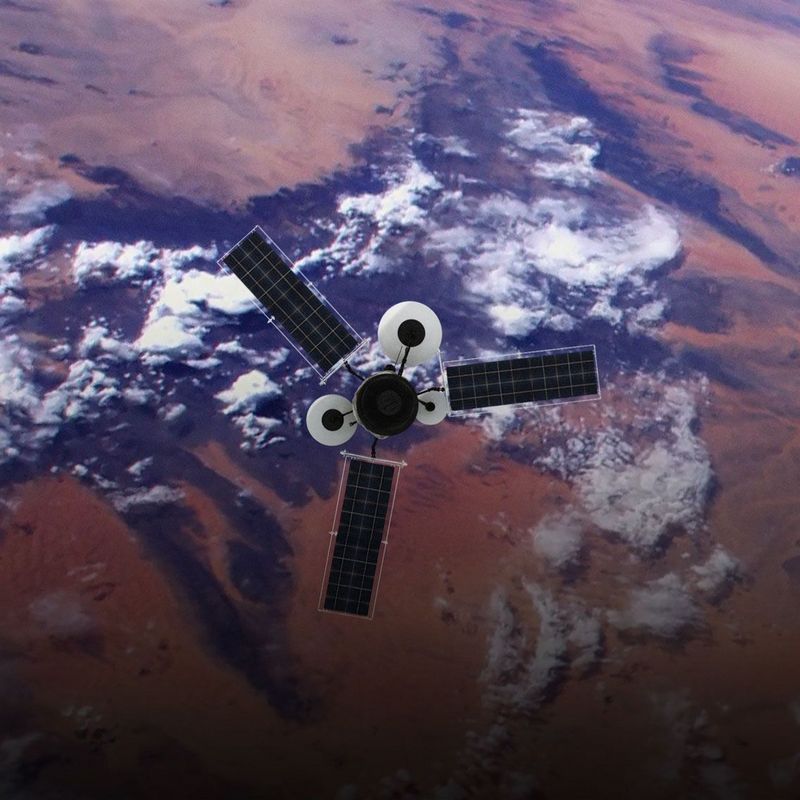01. July 2021
The rover is rolling - NASA's most ambitious Mars mission is entering the hot phase: After a four-month system check, the Mars rover "Perseverance" has started its actual research mission. In the "Jezero Crater" - a dry lake - the six-wheeled robot is to search for traces of earlier life and explore the climate and geology of the red planet. Alter Technology, a subsidiary of the TÜV NORD GROUP, is involved in the mammoth project. The experts ensure that important measuring instruments can withstand the adverse conditions on the red planet. In this interview, Innovation Manager Demetrio López from Alter Technology explains what sets the mission apart from others and what they learned from it.
#explore: Mr Lopez, have you ever dreamed of walking on Mars yourself?
Demetrio López: I’ve always been a restless person, and travel is one of my favourite pastimes. So, my answer to your question is yes! I think it would be wonderful to fly through space and visit Mars. It’s always been one of my favourite planets. Mars is the subject of so many myths and legends. And it’s very close to us.
The Perseverance rover is going to search for traces of past life, explore the planet’s climate and geology and collect rock samples that will later be transported back to Earth. Why go to all this effort?
The vehicle is going to be exploring a region on Mars that probably once provided the conditions for life. The landing site is a river delta that dried up something like three billion years ago. The hope is to find traces of ancient organisms there. In general terms, the mission will help us expand our knowledge of the planet and perhaps even of how life arises. Moreover, the rover’s measurements and experiments will help in the preparation of future manned expeditions..
What exactly does this mean?
Well, for instance, we want to gain a better understanding of the risks to humans and material that might be posed by the Martian dust. The rover will also test technologies designed to produce a small amount of pure oxygen from the carbon dioxide in the Martian atmosphere. Finally, we’re going to be testing some improved technology to help the rover land as accurately as possible. These are all essential prerequisites for human exploration.
“We have the equipment to simulate the conditions in space as exactly as possible – and the knowledge of how the test series needs to be structured.”
Let’s focus on risk for a moment: what kinds of stresses will the materials and technology have to be able to withstand on the mission?
Dependability is key here. Four considerations are especially important. Firstly there’s the high level of electromagnetic radiation from the sun that will act on the components during the flight to Mars. Then you get significant temperature fluctuations during the flight and on Mars itself. Thirdly, you have the mechanical stresses caused by take-off and landing and, last but not least, the sheer duration of the mission. Each of these aspects has been crucial to our work: both for the design of the electronic components – by which I mean their design with regard to the future mission environment – and for the tests and analyses which are necessary for the checking and approval of the components, materials and processes involved.
© ShutterstockThe rover's materials and components must withstand extreme conditions.
Can you go into a little more detail?
For example, there are tests that simulate the effect of radiation on different devices in real time. We can also replicate the temperature and vacuum properties in a way which corresponds as precisely as possible to the actual operating conditions in space. We have the necessary technical equipment in our laboratories. And at least as important as all this, in my opinion, is the fact that we have the experience of how the test series needs to be structured. What counts in the end are accurate and meaningful results that will help make the real mission go as safely as possible.
What was particularly challenging for your team?
I’ve already mentioned the temperatures. Mars’ extremely thin atmosphere can cause temperature fluctuations of up to 100 degrees Celsius in a single day. And on the flight there, the conditions are even more extreme. All the materials and components, from the larger items of mechanical equipment through to the microelectronics, must be able to withstand them. Our task was to provide specific thermal chambers and, building on this work, to design the test tools and protocols.
It sounds like the mission is aptly named: perseverance really is the order of the day.
(laughs) Yes, I think you can say that. I think we can be a bit proud of the laboratory concept we developed. We now have a clearer understanding of the reliability of the parts and also of the conditions and mechanisms under which they might fail. On this basis, we can carefully evaluate the components, housings and assembly methods.
What else did ATN contribute?
For example, we helped select the right retractable parts for the rover, which also have to be able to withstand the environmental conditions on Mars. In particular, we were responsible for validating the design of the component parts of a wind sensor housing. The sensor it contains is part of the Mars Environmental Dynamics Analyser (MEDA). MEDA will help measure and observe dust particle size and morphology, as well as the weather on Mars. The hope is that it will be possible to identify patterns which will in turn help later manned missions.
What are the special features of the dust and weather on Mars?
The red dust, as far as we know, basically consists of iron oxide which covers the whole planet. Depending on the season, it can cause massive changes in temperature by forming into storms and clouds. However, we still know very little about exactly how this happens. And then you sometimes get gigantic storms that can envelop the entire planet.
Which makes it sound very inhospitable. Do you think humans will ever live on Mars?
Demetrio López is Innovation Manager at Alter Technology TÜV NORD, a subsidiary of the TÜV NORD GROUP. Their services extend to equipment and systems testing and certification in fields like small satellites, drones, security, transport, nuclear.
These might interest you too:
About Demetrio López
© Alter Technology
Demetrio López is Innovation Manager at Alter Technology TÜV NORD, a subsidiary of the TÜV NORD GROUP. Their services extend to equipment and systems testing and certification in fields like small satellites, drones, security, transport, nuclear.




